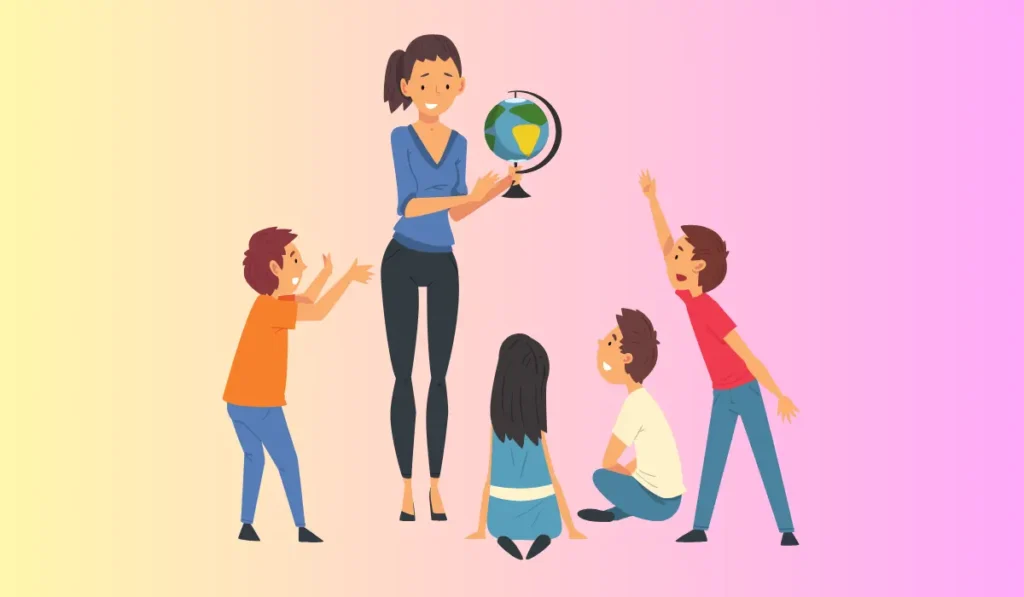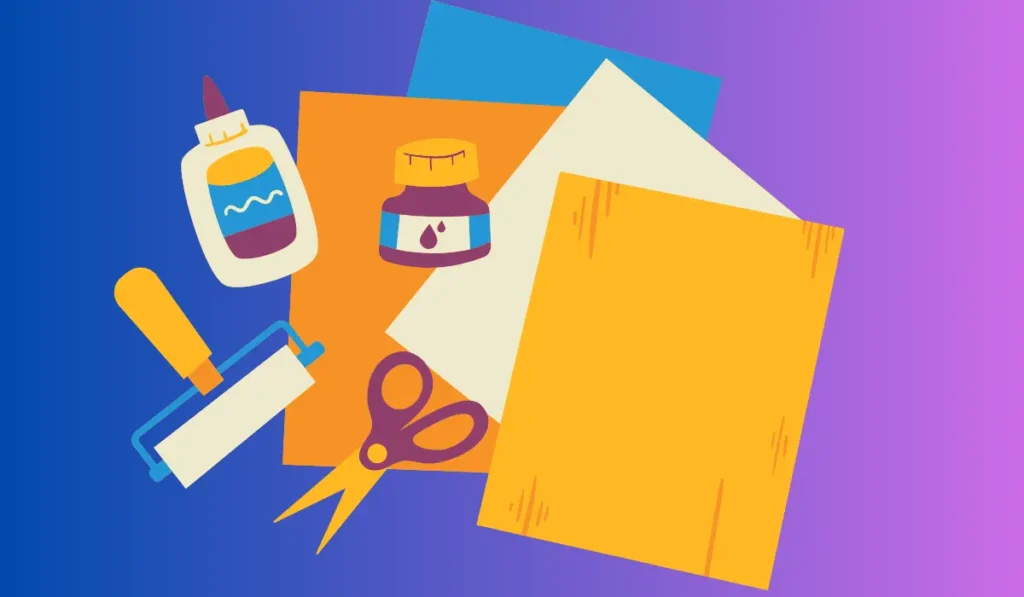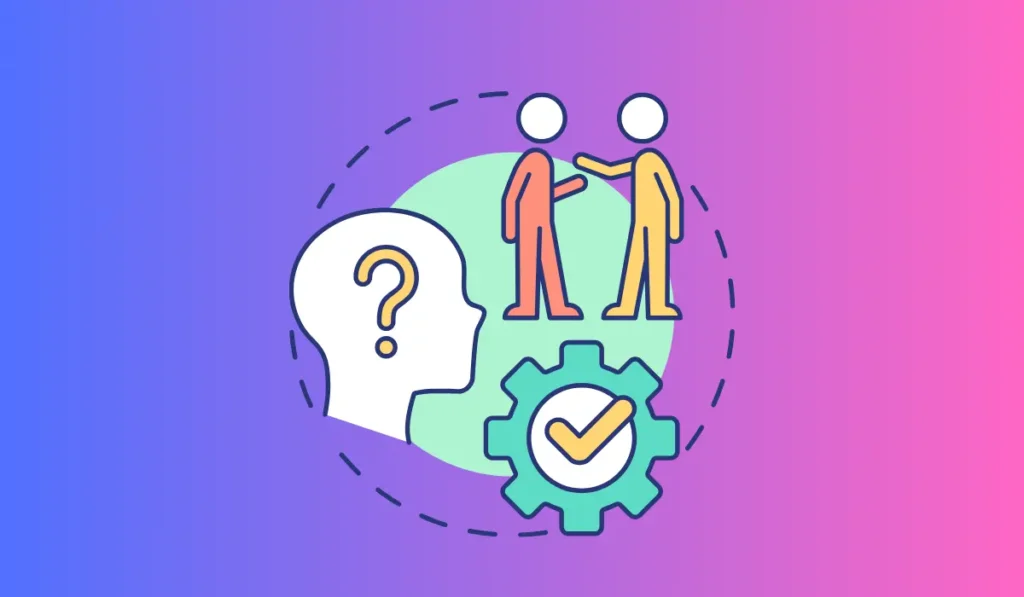Student-centered learning is an educational approach where students take an active and responsible role in their learning. This approach emphasizes the interests, needs, skills, and abilities of individual students.
The essence of student-centered learning is to put students at the center of the educational process, encouraging self-directed learning, exploration, and engagement. This approach takes learning outside the traditional classroom walls and encourages students to connect with the world beyond the classroom.
In this article, we will discuss student-centered learning methods and explore their benefits.
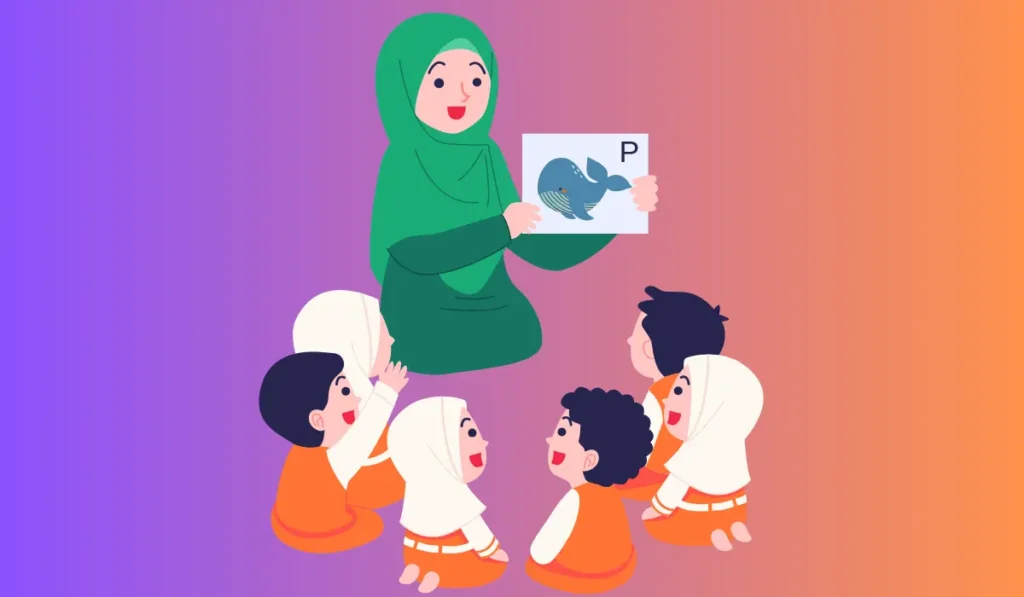
Traditional Teaching To Student-Centered Learning
Education has come a long way from the time of rote learning and memorization. The current focus is on student-centered learning methods, which take into account the individual needs, interests, and abilities of students.
Unlike traditional teaching methods, this approach actively involves and engages students in the learning process.
The Traditional Approach To Teaching And Learning
The traditional approach to teaching and learning is teacher-centered, where the teacher is usually the sole source of knowledge, and students listen passively.
The instructor determines the pace, curriculum, and methodology, that the students are expected to follow.
The focus is on memorization and regurgitation of information, rather than critical thinking or problem-solving.
Some characteristics of the traditional method include:
- Passive learning
- Dependent on authority
- Little regard for individual differences
- Teaching is geared toward standardized testing
The Traditional Method With Student-Centered Learning
Student-centered learning and traditional teaching are fundamentally different approaches that have two opposing philosophies. The following are some critical comparisons:
- Traditional teaching emphasizes the importance of delivering content while student-centered learning puts the learner in control of their learning experience.
- While in traditional teaching, the teacher leads class discussions, in student-centered learning students take on more of an active role, sharing their opinions and experiences, and participating in the learning process.
- The traditional model is teacher-directed, and there is less room for differentiated instruction; student-centered teaching fosters a more personalized learning experience tailored to the individual student.
- Traditional teaching is built on standardized testing, while student-centered learning is more about assessing progress based on individual student growth.
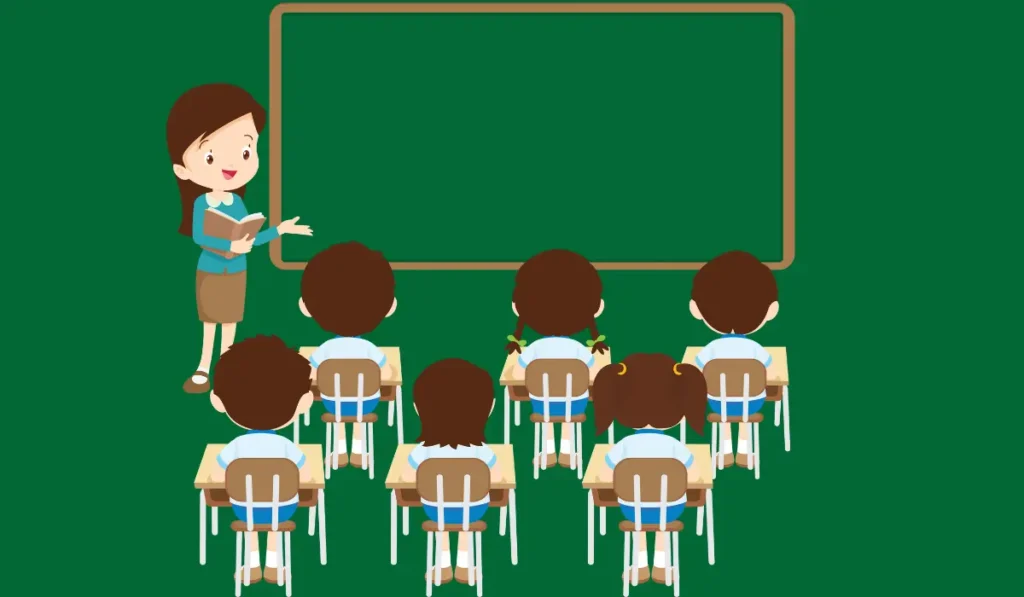
Implementing Student-Centered Learning In The Classroom
Student-centered learning focuses on creating an educational environment where students’ needs and interests are prioritized. The central principles of this approach include:
- Personalized instruction: Teachers should tailor their instruction to meet individual students’ needs and interests.
- Active learning: Students learn best through hands-on experiences and should be encouraged to explore concepts through experiments, projects, and group activities.
- Self-directed learning: Teachers should facilitate, rather than direct, students’ learning journeys, empowering them to take control of their education.
- Collaboration: Students should be given opportunities to work together, share their ideas, and learn from one another.
- Assessment: Students’ progress should be tracked through regular formative assessments, which can help teachers adjust instruction as needed.
Examples Of Student-Centered Learning Activities
Student-centered learning can take many different forms, depending on students’ needs and interests. Here are a few examples:
- Project-based learning: Students work in groups to complete a long-term project, such as building a model or conducting a science experiment. This approach allows for in-depth exploration of a topic and encourages collaboration and hands-on learning.
- Inquiry-based learning: Students generate their own questions about a topic and work to find answers through research, experiments, and discussions. This approach encourages curiosity, critical thinking, and problem-solving skills.
- Flipped classrooms: In a flipped classroom, students watch video lectures or complete reading assignments at home, then come to class ready to engage in hands-on activities or discussion. This approach allows for more individualized instruction and can help students take ownership of their learning.
- Flexible seating: Providing students with different seating options (such as standing desks, beanbag chairs, or floor cushions) allows them to choose the environment that works best for them, which can lead to more engaged and focused learning.
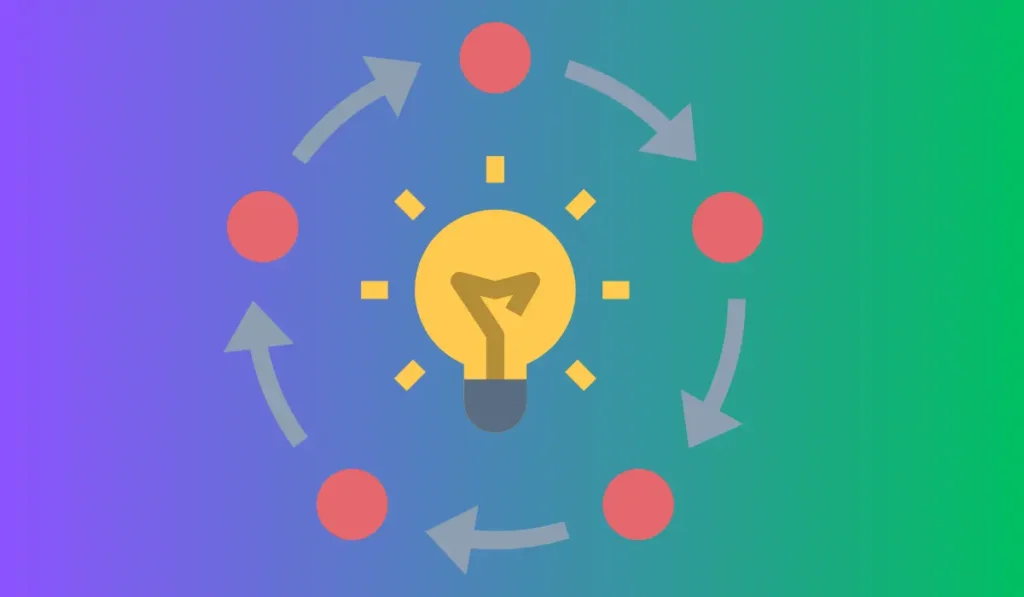
Benefits Of Student-Centered Learning
Student-centered learning is an instructional approach that places students at the center of the teaching-learning process.
Instead of the traditional teacher-centered approach, where teachers are the main focus of the classroom, student-centered learning emphasizes the active participation of the students in the learning process.
The Benefits Of Student-Centered Learning For Students
Students are the primary beneficiaries of student-centered learning. Some of the benefits of student-centered learning for students are:
- Increased engagement: When students participate actively in the learning process, they become more engaged in the classroom. Student-centered learning allows for more opportunities for students to participate in class activities, ask questions, and collaborate with their peers. As a result, students become more invested in their studies and more motivated to learn.
- Ownership of learning: In a student-centered classroom, students take ownership of their learning. They are encouraged to set their own learning goals, take responsibility for their education, and make decisions about how they learn best. This ownership of learning leads to increased confidence and self-esteem among students.
- Improved critical thinking skills: In a student-centered classroom, students are required to think critically, analyze information, and solve problems independently. These skills are essential for success in higher education and the workforce.
- Individualized learning: Every student has their unique learning styles, strengths, and weaknesses. Student-centered learning allows for individualized instruction, where teachers can tailor their instruction to meet the needs of each student.
Tools And Technologies That Support Student-Centered Learning
Student-centered methods in teaching-learning have become increasingly prevalent in recent years, with technological advancements driving this revolution.
A student-centered approach emphasizes the importance of empowering learners to take control of their education, with teachers acting more as facilitators.
Technologies and tools that support student-centered learning play a crucial role in this process.
The Technologies And Tools That Support Student-Centered Learning
Here are some of the most effective tools for supporting student-centered learning in the classroom:
- Virtual learning environments (VLES): These online platforms allow students to access learning tools from anywhere and at any time, providing flexibility and convenience.
- Learning management software (LMS): LMS systems bring together course materials, assignments, assessment tools and communications into one easy-to-manage location.
- Social media: Social media platforms provide a way for students to collaborate, share ideas, and create a sense of community around shared learning objectives.
- Mobile devices: Mobile devices: With mobile devices and mobile app developers, students can access learning materials or work on projects from anywhere, anytime.
- Gamification: Integrating games and quizzes into learning materials can make mastering concepts engaging and fun.
- Video-based learning: Videos offer a richer and more interactive way of learning, often incorporating animations, illustrations, and demonstrations.
Frequently Asked Questions
What Are Student-Centered Teaching Methods?
Student-centered teaching methods put students at the center of the learning process. Students’ interests, needs, and skills guide the educational experience.
What Are The Benefits Of Student-Centered Teaching Methods?
Student-centered teaching methods encourage deeper learning, critical thinking, and problem-solving skills. Students become more invested in their education, leading to greater engagement and motivation.
How Can I Implement Student-Centered Teaching Methods In My Classroom?
To implement student-centered teaching methods, you can introduce collaborative projects, problem-based learning, and inquiry-based learning.
How Can Technology Support Student-Centered Teaching Methods?
Technology can support student-centered teaching methods by providing resources for personalized learning, collaborative projects, and digital portfolios. Students can also use technology to engage in self-directed learning, explore their interests, and develop their skills.
What Challenges Might I Face When Implementing Student-Centered Teaching Methods?
Challenges when implementing student-centered teaching methods might include resistance from students or faculty, a lack of resources or support, and difficulty measuring student progress.
Conclusion
As education is expected to evolve over time, it highlights the importance of student-centered teaching methods. By putting the focus on the student, teachers empower their pupils to take ownership of their education by encouraging them to become active learners who are engaged in the process. These methods aim to create a more inclusive and interactive environment where students can express their thoughts freely, learn by doing, and explore critical thinking. The student-centered approach also ensures that education is aimed at enhancing individual skills and knowledge, making it a more tailored process that caters to the specific needs of each student.
